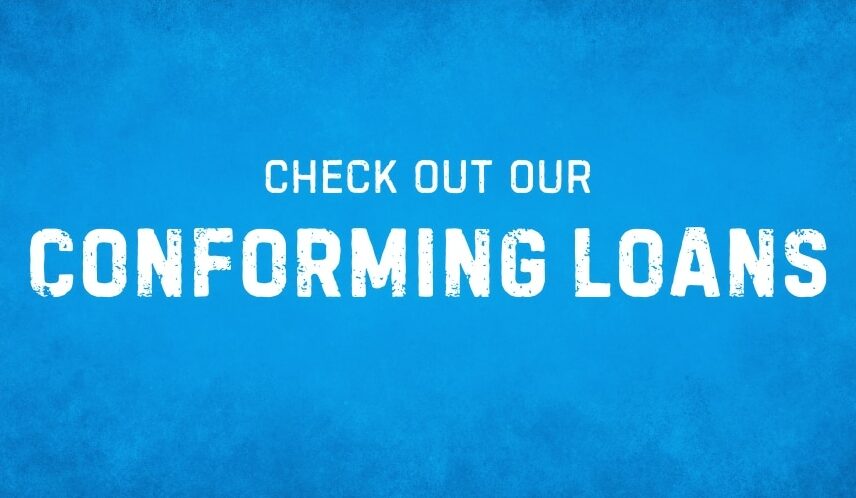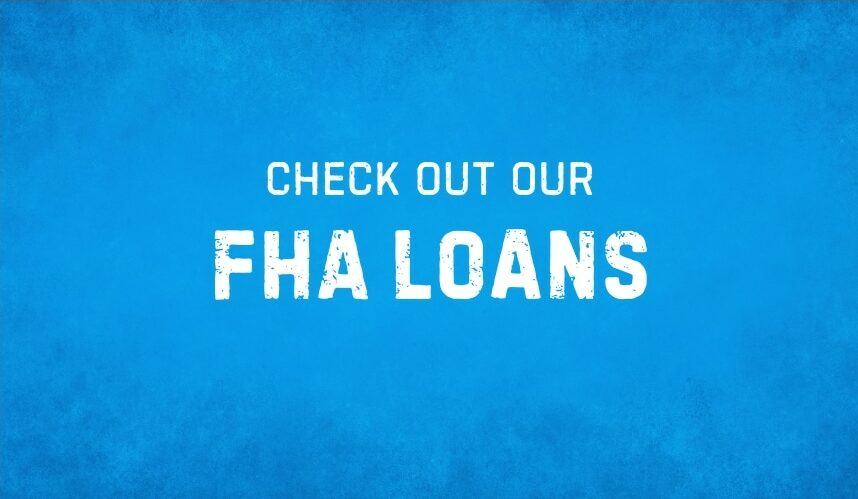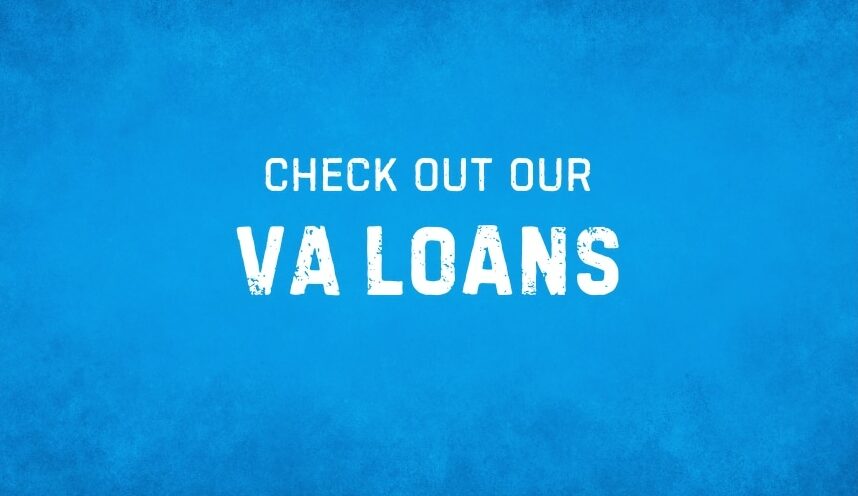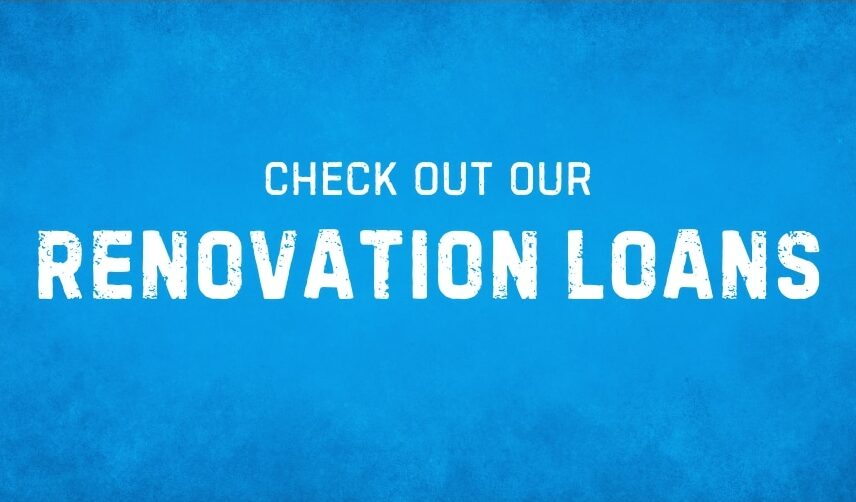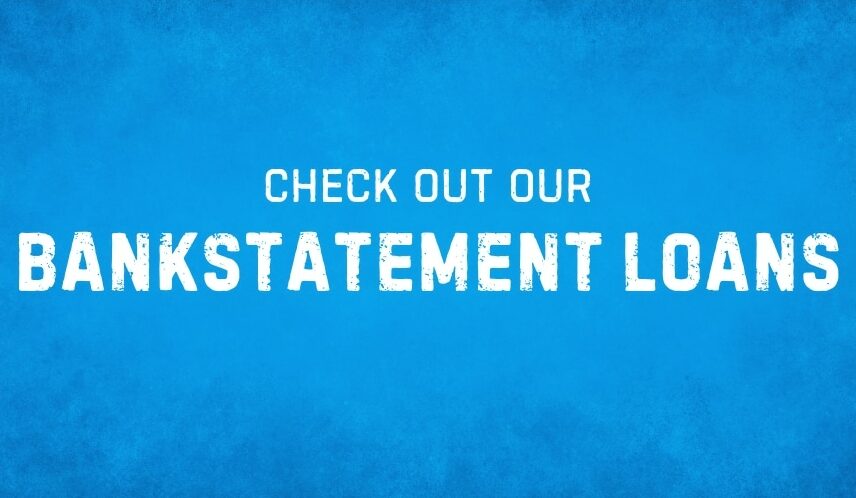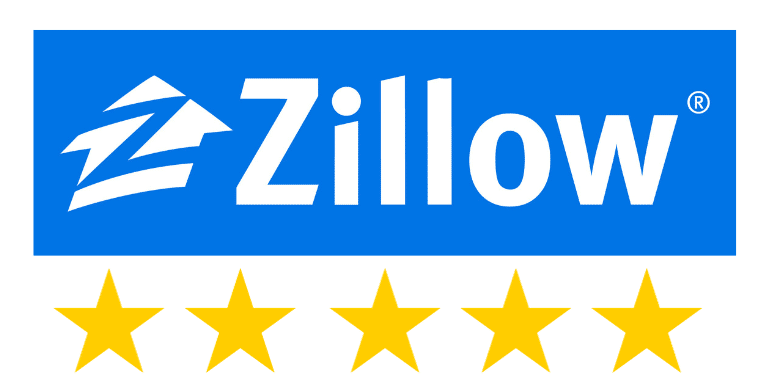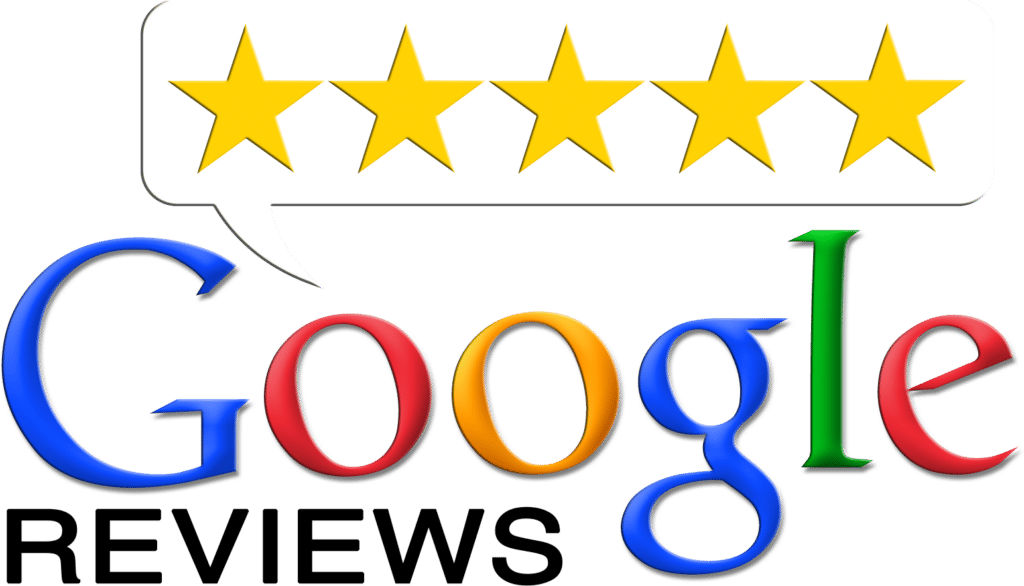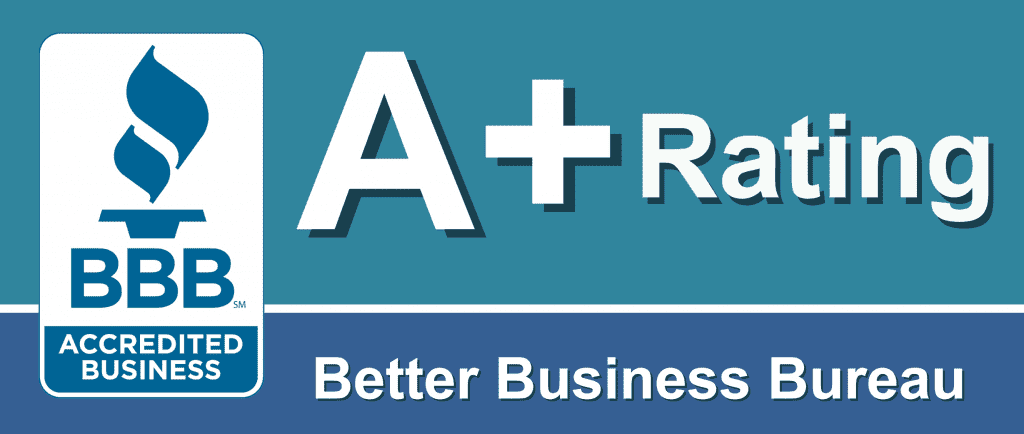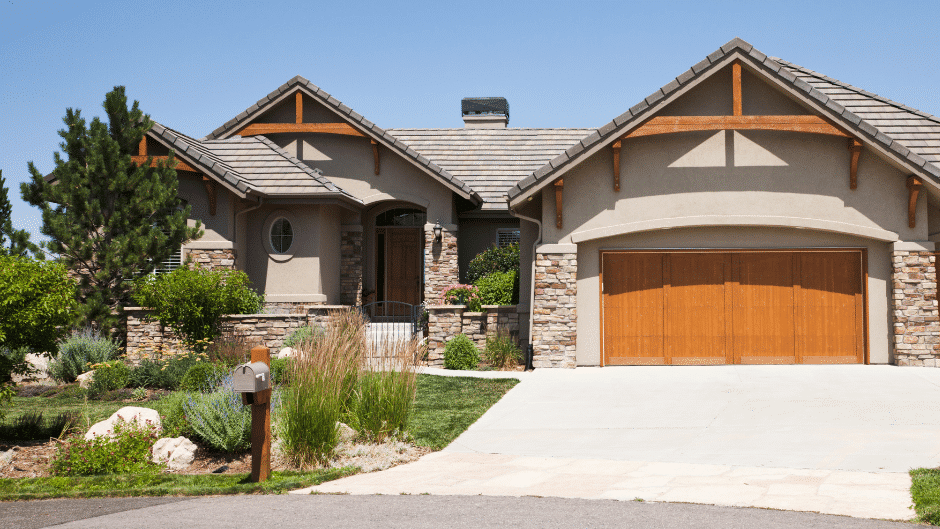
Second Mortgages Explained
If you are a homeowner, you’ve probably heard the term “second mortgage.” It’s a popular home loan product and provides numerous benefits to those looking to buy a home or as a tool for debt consolidation or home improvements.
Below I cover what a second mortgage is, the available types of second mortgages, second mortgage requirements, and more.
What Is A Second Mortgage?
A second mortgage is a loan in the second position behind your first mortgage. You can obtain a second mortgage when buying a home or after (if you are looking to pull cash from the equity you have in the home).
When buying a home, a second mortgage is an excellent option to consider so that you can avoid paying mortgage insurance if you have less than 20% down. If you already own a property and need cash out to pay off high-interest debt, you may want to consider a second mortgage if your first mortgage has a low interest rate.
Home Loan Pre-Approval
A quick pre-approval with exceptional service and low rates.
Types Of Second Mortgages
There are two main types of second mortgages1. Understanding the difference between the two will enable you to decide which is better for your financial situation.
Fixed-Rate Second Mortgage
The first type is a fixed-rate second mortgage. With this type of second mortgage, your interest rate and payment are fixed – they never change. Also, your monthly payment includes both principal and interest.
If you own the home and are looking at a fixed-rate second mortgage to pull cash-out, please be aware you’ll receive the total amount of the loan once it’s closed. So if your new fixed-rate second mortgage loan amount is $100,000, you will receive $100,000, minus your closing costs and fees, once the loan is closed.
Home Equity Line Of Credit (HELOC)
The second type is a Home Equity Line of Credit (HELOC). This type of second mortgage is similar to a credit card. You have a total line amount, and you can borrow up to that total line amount.
And unlike a fixed-rate second mortgage, you don’t have to receive the full line amount once you close. So if your total HELOC amount is $100,000 and the lender’s “minimum “draw” is $50,000, then at closing, you will receive $50,000. And after closing, you’ll have another $50,000 in available credit to access when needed.
Important – If you have a total line of $100,000 and borrow the full amount, that will negatively impact your credit rating. It’s just like if you were to max out a credit card.
What Is A HELOC “Minimum Draw?”
A HELOC minimum draw is the dollar amount the lender requires you to receive from the HELOC upon the closing of the transaction.
Second Mortgage Requirements
Below you’ll learn the second mortgage requirements for fixed-rate second mortgages and HELOCs.
Fixed-Rate Second Mortgage Requirements
Fixed-rate second mortgage requirements are as follows,
- Primary or Secondary residences
- Investment properties allowed under certain circumstances
- 30-year, 20-year, and 10-year fixed rate options
- A minimum credit score of 620
- Full income documentation
- Debt-To-Income ratio below 45%
- Minimum loan amount of $50,000
- Maximum loan amount of $1,000,0000
- Maximum Loan-To-Value ratio of 90%
Fixed-rate second mortgage requirements can change without notice, so contact your Loan Officer for the most up-to-date information.
HELOC Requirements
- Primary or Secondary residences
- Investment properties allowed under certain circumstances
- 30-year variable rate based on Prime Rate plus a margin
- A minimum credit score of 660
- Full income documentation
- A Debt-To-Income ratio below 50%
- Minimum line amount is $50,000
- Minimum draw amount is $50,000
- Maximum line amount is $500,000
- Maximum Loan-To-Value ratio of 95%
- Annual renewal fee
HELOC requirements can change without notice, so contact your Loan Officer for the most up-to-date information.
Second Mortgage Rates
Second mortgage rates are higher than first mortgage rates since the loan is in the second position behind your first mortgage. Also, second rates differ between fixed-rate second mortgages and HELOCs, and I’ll explain those differences below.
Fixed-Rate Second Mortgage Rates
The good thing about fixed-rate second mortgage rates is that they are fixed! Your interest rate and your payment stay the same during the entire life of the loan. Also, your payment includes both principal and interest.
The downside is that your rate (and your payment) will typically be higher than a HELOC rate.
HELOC Rates
The benefit of HELOC rates is that they are usually lower than fixed-rate second mortgages; however, the downside is that your HELOC rate and your payment can change frequently.
A HELOC rate is the total of the Prime Rate plus a margin2. The Prime Rate is a standard rate set by banks based on the Federal Funds Target Rate3. When a lender provides a HELOC rate quote, the lender adds a margin which is the profit they anticipate making from the HELOC being provided.
Pros And Cons Of A Second Mortgage
Here is an overview of the Pros and Cons of a second mortgage.
Pros
- Second mortgages allow you to avoid FHA MI or PMI.
- If you own your home, a second mortgage allows you to tap into your equity.
- Compared to credit cards, interest rates for second mortgages are generally lower.
- You can sometimes pay off a second mortgage faster than a first mortgage.
Cons
- You’ll have two loans attached to your home instead of one.
- Second mortgage rates are higher than first mortgage rates.
- Underwriting guidelines for second mortgages are stricter than first mortgage underwriting guidelines.
- You might need an appraisal, and there are costs associated with a second mortgage.
Home Loan Pre-Approval
A quick pre-approval with exceptional service and low rates.
Is A Second Mortgage Right For You?
The best way to determine if a second mortgage is right for you is to educate yourself on the different second mortgage options and then make a detailed list of the benefits and drawbacks of each program.
A second mortgage can provide a significant benefit under the right situation, and anyone looking to avoid paying MI or PMI should consider a second mortgage. And if you are looking to get cash-out from your home but don’t want to touch your first mortgage, then a second mortgage is a perfect fit!
Sources
- Second mortgage guide: How does a second mortgage work? – The Mortgage Reports
- What is a home equity line of credit (HELOC)? – Bank of America
- What Is the Prime Rate? – Experian

